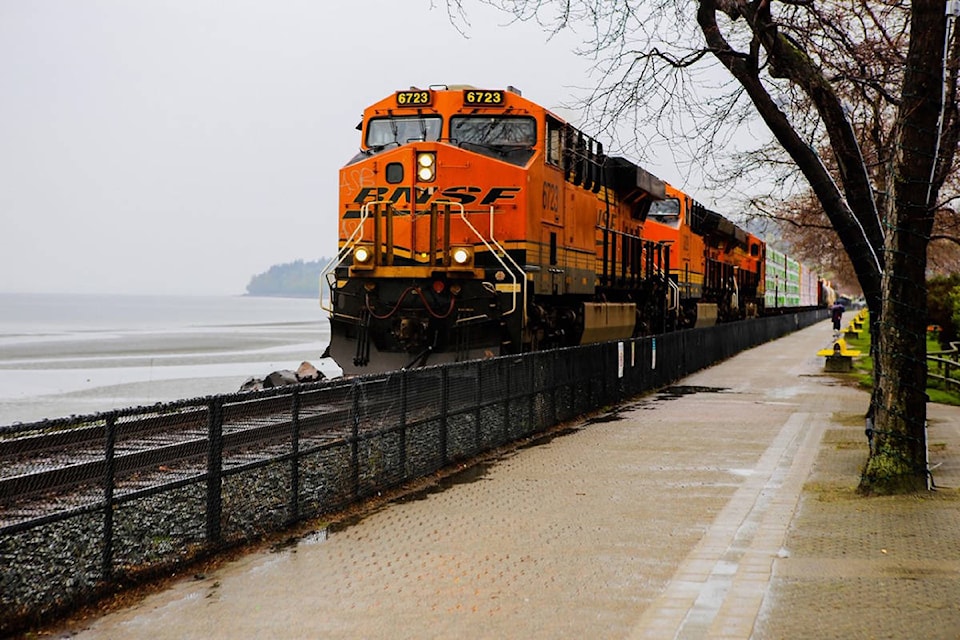Editor:
For some people, railway tracks seem benign and present an inviting place to walk, play or watch birds and animals. Trespassing on private railroad property – which includes walking on tracks – is against the law and can have deadly consequences.
Trespassing carries a $115 fine under the Federal Railway Safety Act.
There are lots of reasons for accidents — people don’t hear trains coming, or a train has just gone by so they think it must be safe, or sometimes they think railroad tracks and bridges in remote areas are abandoned.
Fortunately, railway accidents are almost always preventable. Stay away from railroad tracks and enjoy the safety of developed trails and designated crosswalks.
According to Operation Lifesaver – a nonprofit that is dedicated to preventing collisions at railway crossings and railway trespassing incidents – every year, more than 100 Canadians are seriously injured or killed as the result of railway crossing or trespassing incidents.
Trains can’t stop quickly.
The average freight train travelling at 100 km/h – or passenger train travelling at 160 km/h – requires about two kilometres to stop. That’s the equivalent of the length of 18 football fields.
Operation Lifesaver volunteers give more than 10,000 classes on grade-crossing safety. BNSF has also invested millions of dollars to improve safety measures at grade crossings and to limit access to railroad tracks. As a result, BNSF has one of the lowest grade-crossing collision rates in the industry.
Here are some safety tips to make sure we all stay safe this summer:
• Trains are always closer and moving faster than they appear;
• Trains are quieter than ever. Wearing headphones makes it virtually impossible to hear an approaching train;
• Trains cannot stop fast enough to avoid collision. It may take a train over a mile to come to a complete stop;
• Railroad bridges and tunnels are extremely dangerous. Railroad bridges are not diving platforms. Never walk on a bridge or enter a tunnel;
• Trains can overhang the tracks by as much as one metre on each side. They can also carry loads that are wider than the railway cars themselves. So stay clear;
• Trains do not run according to a strict timetable. Always expect a train at each road-rail intersection;
• Trains can move in either direction at any time on multi-track sections. Even as one train passes, another could be coming from the opposite direction;
• Don’t assume railroad tracks are unused. If there are rails on the railroad ties, always assume the track is in use;
• Always cross railway tracks at designated crossings. Trying to cross tracks anywhere else could be deadly.
No one cares more, and works harder, to prevent railroad accidents than the train crew inside the cab of a locomotive. Let’s be smart about railroad safety and make this summer the safest ever.
Dan Ritchie, BNSF Police special agent
